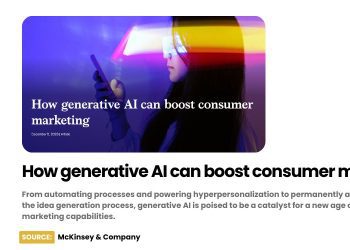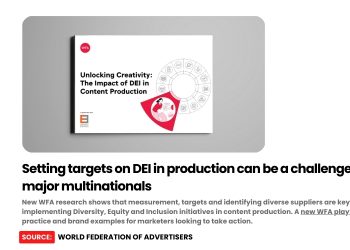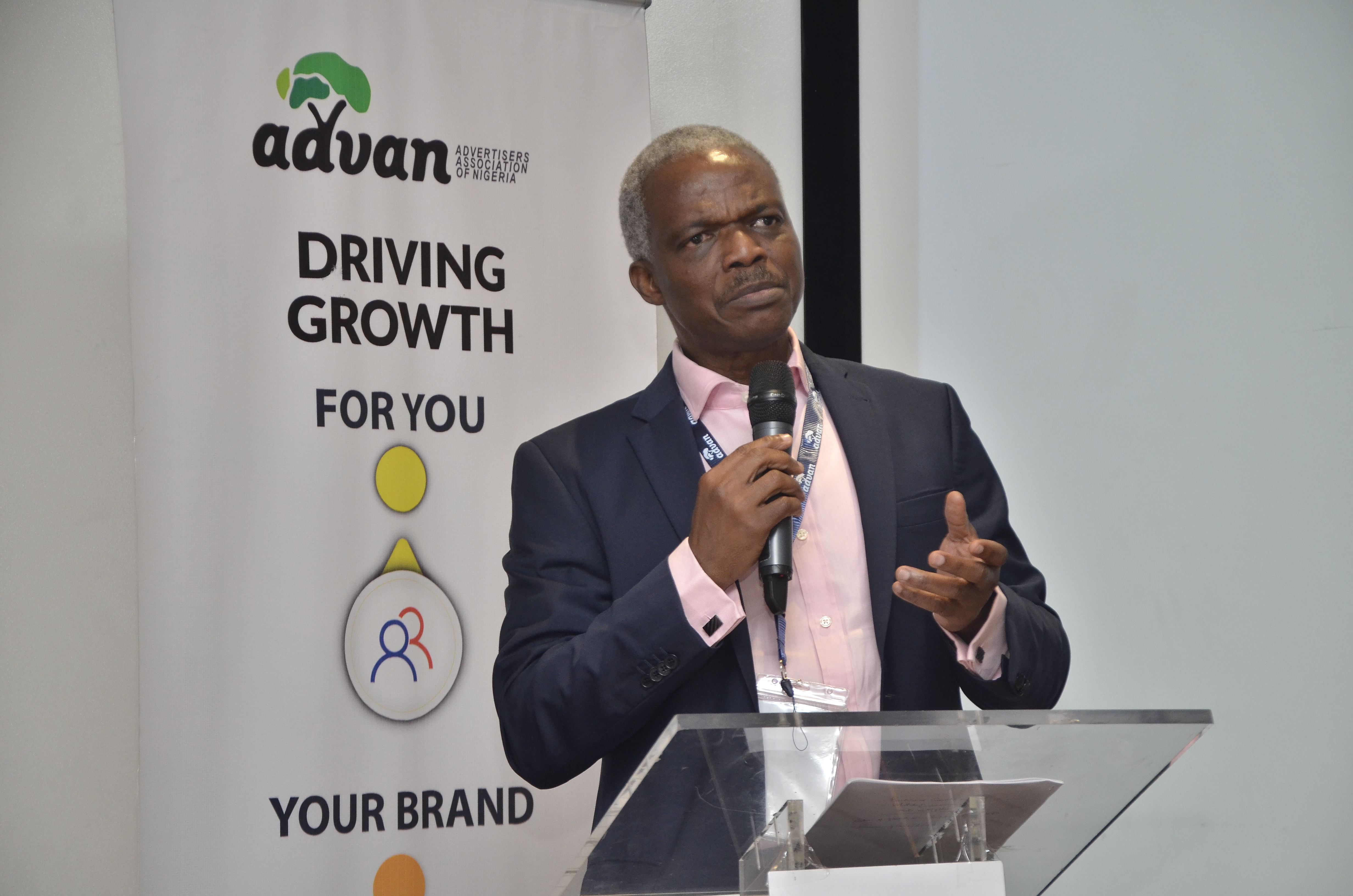While ‘digital transformation’ might not quite seem to be the phrase du jour that it was only just a few years ago, the actual process of transformation whether business, marketing, media or yes, even digital still remains a priority for marketers, most of whom are either still on the journey or about to embark on the next cycle of change.
In the recent WFA Forum in Tokyo this past May, one of our members shone a light on how internal ‘digital hubs’ have proven to be the perfect catalysts of change by serving as agile squads within traditional marketing structures. Unlike the similarly-named ‘social hubs’ of (relative) yore, these hubs are less about the tech, but all about human ‘hubs’ of tech-enabled marketers accelerating digital revolution.
Hubs are veritable SWAT teams of savvy, subject matter experts assembled for the sole purpose of delivering against specific project objectives. These nimble groups have proven remarkably effective in achieving quick wins and fast turnarounds, particularly within traditional, ‘tanker-esque’ marketing organizations, thanks to the following factors:
1. An entire organization united by the single mission: Data
Everyone needs to get on board at all levels. Otherwise, this just won’t work. As our member put it, “Right now, the big mission is DATA. That’s what brings us all together.”
2. Secure support of senior stakeholders
For this to work, you need top-down buy-in and the commitment of senior stakeholders at the highest levels. If you haven’t won the support you need, don’t even think about starting this. To get the support you need, follow the steps below…
- Audit. Conduct a preliminary Data Audit & Assistance
- Briefing. Brief the local board on day one and ensure all function/department heads are present to explain the initiative and its impact on the business
- Education. Ensure that all senior stakeholders are well informed
- Sponsorship. Identify and appoint a local sponsor who can champion the work
This paves the way for marketing teams to move forward with the initiative at the brand and category level.
3. An entrepreneurial mindset
“We have functions that don’t function.” The solution? Agile squads that are truly comfortable ‘building it as you go’.
4. A hugely collaborative, outcomes-first, function-agnostic approach
“When you walk into the hub you need to leave yourself, your titles, your seniority, your specializations… all of that. Leave it behind. Leave a legacy at the door. The only person who remains ‘intact’ is the Brand Manager.”
5. The evolution of Brand Manager into an Orchestra Conductor
The Brand Manager must be comfortable (and competent) sitting in the middle of all of it, knowing when to set the tempo of a campaign, how to amplify a great piece of content, how to make the work sing through all noise, literally.
6. Ongoing capability training
Digital training is a must to ensure that talent in the business keeps up to speed with current developments, platforms and skills.
SOURCE: WORLD FEDERATION OF ADVERTISERS









